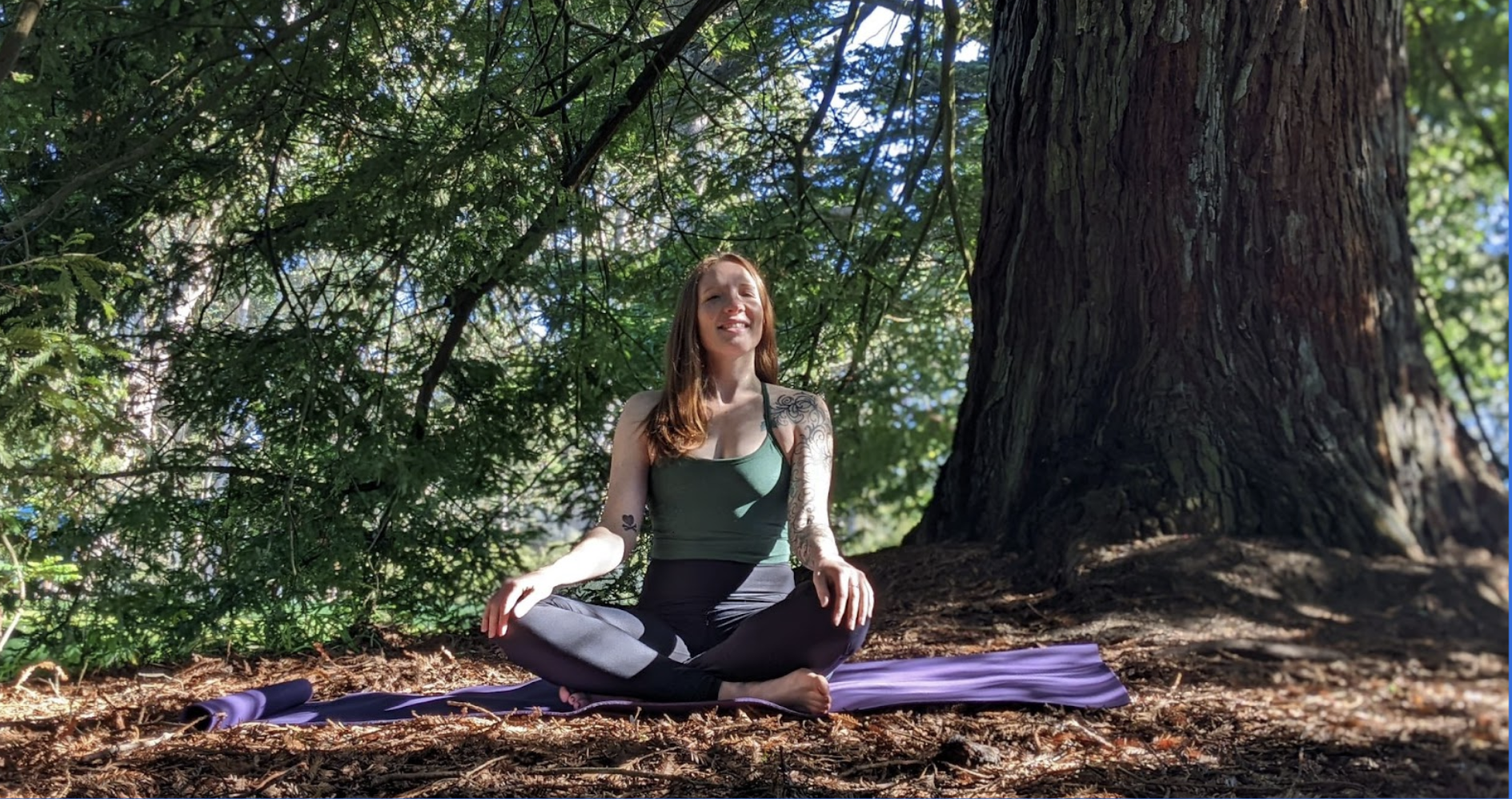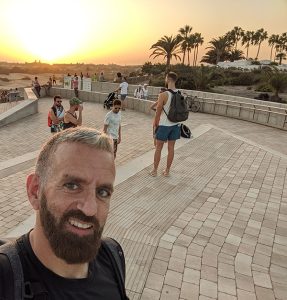Is Long Form Copy Dead?

In recent years, we’ve seen more and more articles about how long form content is dead. If they’re to be believed, copy of more than 1,000 words is now officially the devil.
These articles talk about the short attention span of modern readers, and inevitably reference findings that the average attention span dropped by a third between 2000 and 2015 (which, FYI, the BBC thinks might be a myth). In other words, how content is only king if it’s short.
Despite a proliferation of apps and services that prioritize short form content – in the form of writing or video – longer copy (such as blog posts or case studies) is as important as it’s ever been. In fact, it should still be a cornerstone of any content strategy.
Because even though the way most people regularly consume media has changed, that doesn’t mean they are no longer interested in other types of content or that their attention spans have dropped significantly – even if changes in the way people consume media have implications that we need to confront.
So, what’s behind the relatively recent idea that short form content is the right approach?
Should we be blaming lazy content creators? Not likely…since many of them still charge by the word. Advertisers craving rapid cycles of feedback and iteration? That’s part of it. It’s not, however, the whole story. Let’s dive into the dichotomy between long and short form content.
Video killed the radio long content star?
There’s an idea out there (an inaccurate one) that social media captions, video, and other types of short form content are taking over. The emergence of apps that prioritize short form content is often cited as evidence that longer content is dying, but things aren’t that simple.
Vine, an app that constrained videos to six seconds, didn’t make it past 2017. Ironically, the best place to watch old Vine videos is now in YouTube compilations that usually exceed 10 minutes. Likewise, Twitter (now X) raised its character count from 140 to 280 in 2017. And, as of 2023, Twitter Blue users can post tweets of more than 4,000 characters.
Although YouTube has introduced Shorts and Instagram added Reels, with maximum lengths of 60 seconds and 90 seconds respectively, TikTok has extended their video length limit to 10 minutes. In context, these functionality changes really speak to the idea that these companies are trying to be all things to all people, rather than prizing one length of content over another.
Short form content may be “the thing” right now, but it’s certainly not the only thing.
When long form content works (and when it doesn’t)
Meanwhile, we’re seeing many creators shift to subscription-driven platforms like Substack. Although Substack does offer Notes, short form posts that function like status updates, the emphasis is far more on building a committed audience who reads via email or on the web.
Unsurprisingly, most of that takes the shape of long form articles, interviews, and so on – typical Substack staff picks fall somewhere between a 3 and 9 minute read time. It’s extremely difficult to build a devoted audience (especially one that’s willing to pay monthly for your content) without spending a great deal of time and effort creating compelling content.
And let’s consider YouTube descriptions, which give you around 800 words to talk about your video in great depth. As for video tags, YouTube states in no uncertain terms that tags are unimportant unless your title or description contain spelling mistakes. This is a clear example of a company, a Google-owned company at that, prioritizing long form copy over short form.
Of course, there are circumstances where short form content is the appropriate path: breaking news, time-sensitive pieces, and zeitgeist-y meme content all demand brevity and a speedy approach. But the flipside of low effort content like this means that it’s unlikely to have the longevity of longer content: expect fewer backlinks, leads generated, social shares, etc.
Is longer content better for SEO and digital marketing?
In the dark days of SEO, people relied on nefarious practices like keyword stuffing and cloaking (showing different versions of content to users and search engine bots). Thankfully, things have changed since then. Google now officially recommends that site owners and marketers create “helpful, reliable, people-first content.”
The content and quality questions that Google poses (such as, “Does the content provide a substantial, complete, or comprehensive description of the topic?”) are not easy to address with short form content. In fact, the use of long-tail keywords and keyword variations that are all but required for a successful SEO strategy demand the use of long form copy.
Well-written blog posts, along with case studies and white papers, still account for a ton of search engine traffic – of 1.9 billion websites, close to one third are blogs. Research by Hubspot on their most-read blog posts found an optimal word count of 2,100-2,400 words, which is equivalent to about 4 or 5 single-spaced pages.
Content designed for generating leads came in even higher, at close to 2,600 words, and pillar pages have a recommended word count of at least 4,000 words.
Sloppy short form content stuffed with irrelevant keywords never really fooled people, but there was a time when it used to fool search engines. Nowadays, as companies like Google have developed (and continue to develop) their algorithms, it no longer fools either one.
The case for long form content
The single biggest myth around long form copy is that modern audiences don’t have the appetite for it. It’s a myth because audiences will read content for as long as they’re finding it interesting. That’s why asking questions like “how long should my content be?” is frustrating for marketers trying to find clarity around this issue – because it’s like asking “how long is a piece of string?”
It’s a much better idea to ask questions like “how long do I need to get my point across?” Which, of course, depends on the type of content you’re producing, what you hope to achieve with it, how you’ll be promoting it, and so on.
Comparing your content length to that of your competitors can be helpful here, as can analyzing your existing content to see how its length affects engagement rates.
But, rather than panicking about the length of your content – “Is long form content dead? Should I trim 500 words here? Do I need to join Threads?!” – focus instead on meeting your users, and potential users, where they spend the most time and effectively delivering your expertise.
Get that right and all the rest will follow.






























































